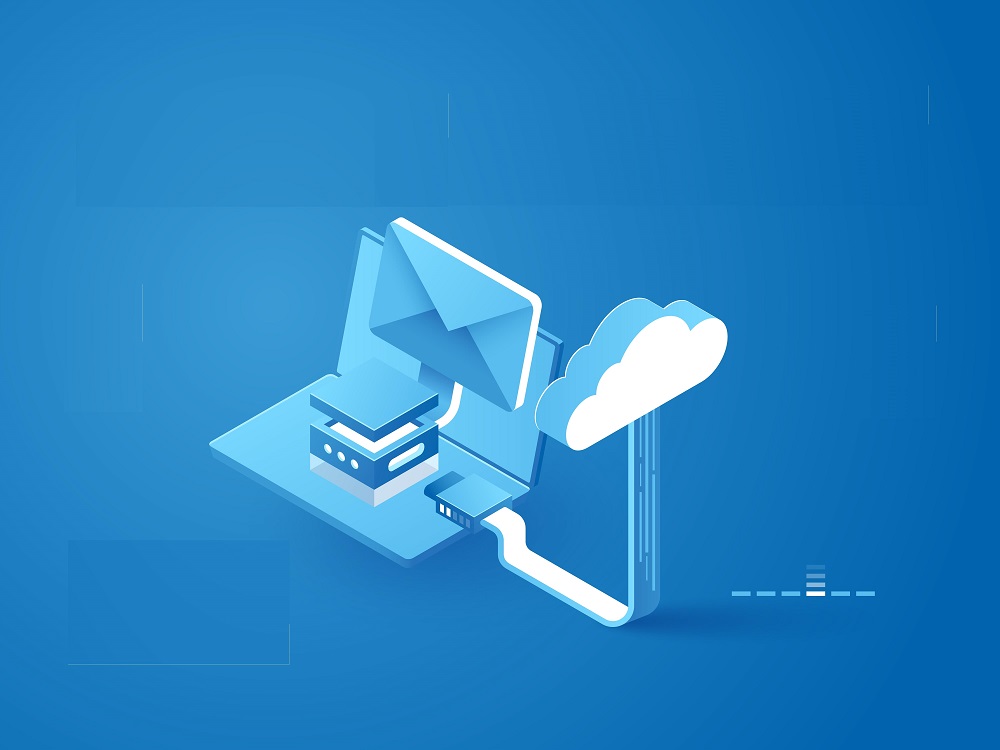Introduction:
In the bustling world of restaurants, efficiency is key to success. From order management to food preparation, every aspect of operations must run seamlessly to ensure customer satisfaction and profitability. One technological innovation that has significantly transformed the restaurant industry is the Restaurant Kitchen Display System (RKDS). In this blog post, we will delve into the functionalities, benefits, and impact of RKDS on restaurant operations.
Understanding Restaurant Kitchen Display Systems:
A Restaurant Kitchen Display System is a digital solution designed to streamline the communication between front-of-house staff and kitchen personnel. Traditionally, restaurants relied on printed tickets or handwritten orders to communicate customer requests to the kitchen. However, this manual system was prone to errors, delays, and inefficiencies. RKDS replaces paper tickets with digital displays, providing real-time visibility into orders and improving communication between different areas of the restaurant.
Key Features of Restaurant Kitchen Display Systems:
Order Management: RKDS centralizes order management, allowing servers to input orders directly into the system. Orders are instantly transmitted to the kitchen display, eliminating the need for manual ticket handling and reducing the risk of order errors.
Customization Options: Restaurant Kitchen Display Systems can be customized to suit the specific needs of each establishment. From organizing orders by table or course to accommodating special requests and modifications, RKDS offers flexibility to meet diverse operational requirements.
Integration with Point-of-Sale (POS) Systems: Many RKDS solutions seamlessly integrate with existing POS systems, ensuring smooth data transfer between front-of-house and back-of-house operations. This integration enhances accuracy and efficiency by synchronizing order information across different platforms.
Real-Time Updates: With RKDS, kitchen staff receive real-time updates on order statuses, allowing them to prioritize tasks and manage workflow effectively. By reducing wait times and minimizing order processing delays, restaurants can enhance customer satisfaction and optimize table turnover rates.
Benefits of Restaurant Kitchen Display Systems:
Improved Efficiency: By automating order management and streamlining communication, RKDS significantly improves operational efficiency in the kitchen. Tasks such as order routing, preparation, and expediting are streamlined, reducing the likelihood of errors and bottlenecks.
Enhanced Accuracy: Manual order processing is prone to errors, leading to mistakes in food preparation and order fulfillment. RKDS minimizes the risk of errors by digitizing the order management process and providing clear, concise instructions to kitchen staff.
Increased Productivity: With RKDS, kitchen staff can work more productively, focusing on preparing orders rather than deciphering handwritten tickets or managing paper trails. This increased productivity translates into faster order fulfillment and improved customer service.
Better Communication: Effective communication is essential in a busy restaurant environment. RKDS facilitates seamless communication between front-of-house and back-of-house teams, ensuring that everyone is on the same page regarding order statuses, special requests, and customer preferences.
Enhanced Customer Experience: Ultimately, the primary goal of any restaurant is to provide an exceptional dining experience for customers. RKDS plays a crucial role in achieving this goal by expediting order fulfillment, minimizing wait times, and reducing the likelihood of errors or omissions in food preparation.
Impact of Restaurant Kitchen Display Systems on Operations:
The adoption of Restaurant Kitchen Display Systems has had a profound impact on restaurant operations, revolutionizing the way orders are processed, prepared, and fulfilled. Some of the key areas where RKDS has made a significant difference include:
Speed and Efficiency: RKDS enables restaurants to serve customers more quickly and efficiently, reducing wait times and enhancing overall service speed. This not only improves customer satisfaction but also allows restaurants to optimize table turnover rates and increase revenue potential.
Accuracy and Consistency: With RKDS, the likelihood of order errors and inconsistencies is greatly reduced, ensuring that customers receive the correct dishes prepared to their specifications. This level of accuracy enhances the restaurant’s reputation for quality and reliability.
Staff Performance and Satisfaction: By simplifying order management and streamlining workflow, RKDS empowers kitchen staff to perform their duties more effectively. This leads to higher job satisfaction, reduced stress levels, and increased morale among employees.
Data-driven Insights: Many RKDS solutions offer advanced analytics and reporting features, providing valuable insights into kitchen performance, order trends, and customer preferences. This data can be leveraged to make informed decisions, optimize menu offerings, and improve operational efficiency.
Adaptability and Scalability: Whether a small independent eatery or a large chain restaurant, RKDS can be tailored to suit establishments of all sizes and formats. Its scalability and adaptability make it a valuable asset for restaurants looking to grow and expand their operations.
Conclusion:
In conclusion, Restaurant Kitchen Display Systems have emerged as a game-changer in the restaurant industry, revolutionizing the way orders are managed, processed, and fulfilled. From improving efficiency and accuracy to enhancing customer satisfaction and staff performance, RKDS offers a myriad of benefits for restaurants of all sizes. As technology continues to evolve, the role of RKDS in shaping the future of restaurant operations is poised to become even more significant, driving innovation and excellence in the dining experience.





